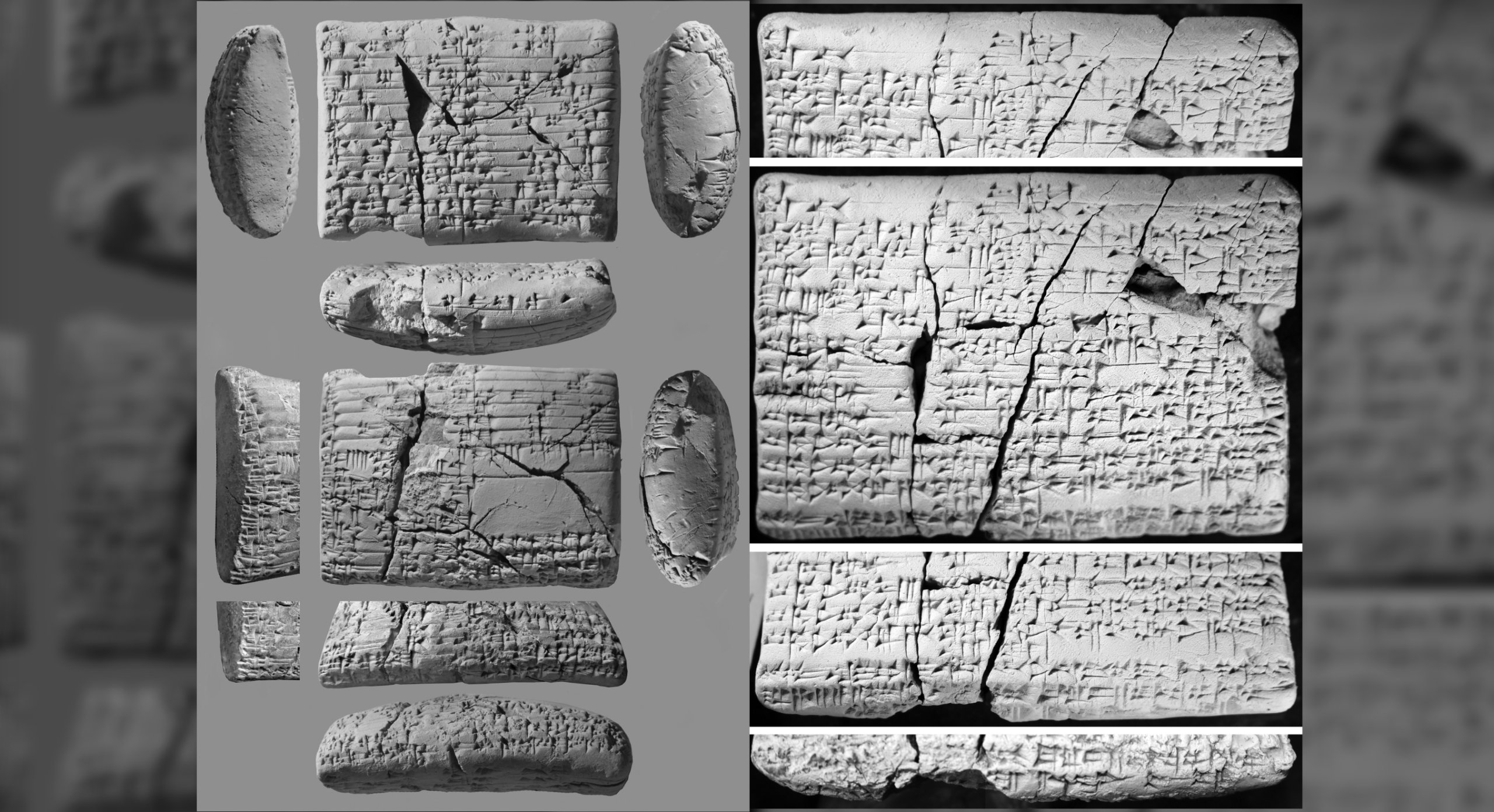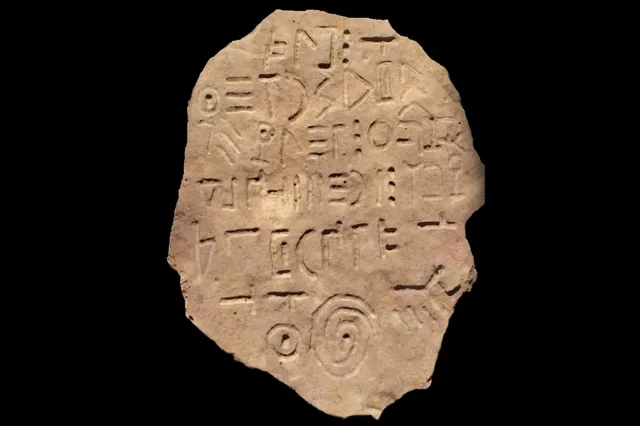Two ancient clay tablets from in Iraq and carved from top to bottom with cuneiform script contain traces of a “lost” language that bears remarkable similarities to ancient Hebrew.
Archaeologists have deciphered two ancient clay tablets believed to date back around 4,000 years in Iraq. The clay tablets are carved with cuneiform script, which scientists say bears traces of a long-lost language similar to ancient Hebrew. The ancient clay tables bear inscriptions of phrases in the little-known language of the Amorite people, who were originally from Canaan — the area now roughly Syria, Israel, and Jordan. These people would later migrate, founding a kingdom in Mesopotamia, Live Science reveals. The lost language was identified thanks to phrases that were placed alongside the Akkadian language, which modern scholars can read, enabling scientists to understand what they have in front of them.
A Rosetta Stone
In essence, scientists say that the clay tablets are practically a Rosetta Stone. The “original” Rosetta Stone was an ancient artifact with an inscription in a known language (ancient Greek) parallel to two unknown ancient Egyptian scripts (hieroglyphics and demotic). In this case, familiar Akkadian phrases help researchers read the written Amorite. Scientists admit that their knowledge of Amorite is very limited, and some scholars even doubted whether this was a language on its own. However, the discovery of the tablets finally settles the debate and undoubtedly shows that the language is articulated coherently and predictably and is completely different from Akkadian. More information about the ancient clay tablets has been published in the French Journal Revue d’assyriologie et d’archéologie orientale.
Discover more than 30 years ago
While deciphering the clay tablets is recent, the artifacts were found some 30 years ago, probably between 1980 and 1990. Eventually, they ended up in a collection in the United States. However, no one knew anything about them afterward. Scientists finally analyzed the clay tablets in 2016 after several other academics pointed out their existence. By studying the grammar and vocabulary of the ancient language, they determined that it belonged to the West Semitic language family. This also includes Hebrew, now spoken in Israel and Aramaic, once widespread throughout the region but now only spoken in a few scattered communities in the Middle East.
A treasure of knowledge
As per the researchers, the two clay tablets have significantly expanded our understanding of the lost (Amorite) language. The writings contain words and entire sentences, demonstrating previously unseen vocabulary and grammar. An Akkadian-speaking Babylonian scribe or an apprentice scribe likely etched the clay tablets. Many of the Amorite phrases on the tables are similar to some phrases in Hebrew, even though the oldest known Hebrew script originated some 1000 years later.
Have something to add? Visit Curiosmos on Facebook. Join the discussion in our mobile Telegram group. Also, follow us on Google News.


